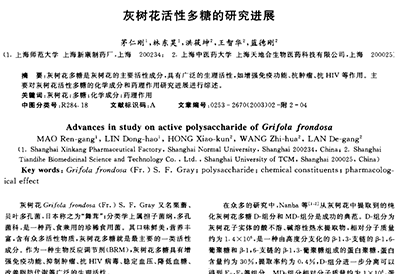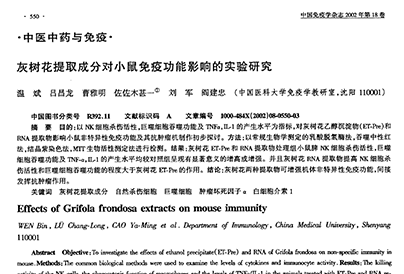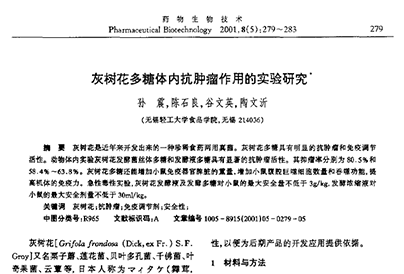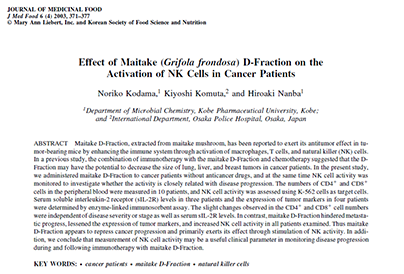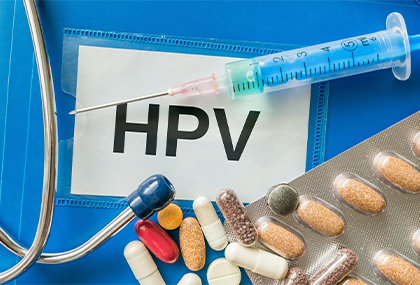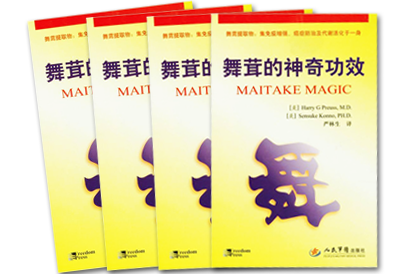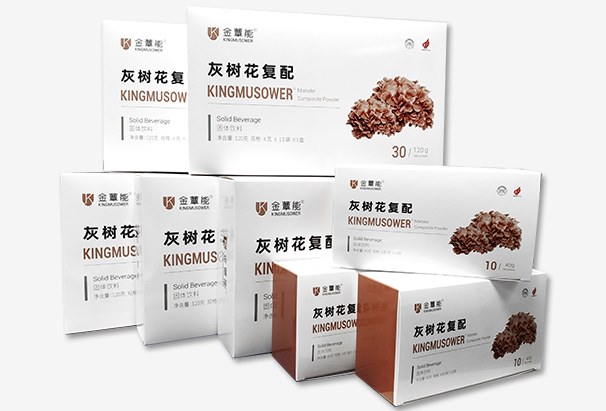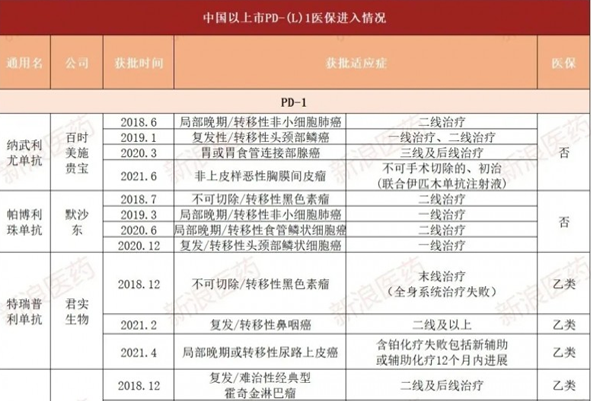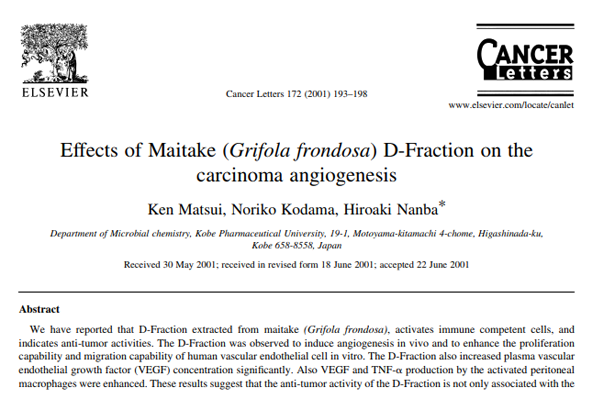In addition to the common side effects of bone marrow suppression, gastrointestinal reactions, liver and kidney toxicity, chemotherapy drugs may also induce some drug-specific complications. Hand foot syndrome (HFS) is such a kind of skin damage caused by chemotherapy drugs such as capecitabine.
1. What is hand foot syndrome?
Hand foot syndrome (HFS), also known as palmoplantar erythema syndrome and buchdorf's reaction, is a specific skin syndrome mainly characterized by palmoplantar sensory loss and erythema, which is characterized by pigmentation, erythema and swelling of hands and feet. In severe cases, desquamation, blisters, ulcers and severe pain affect daily life.
2. Drugs easy to cause hand foot syndrome
• chemotherapy drugs: capecitabine, liposome adriamycin, cytarabine docetaxel, vinorelbine, continuous infusion of adriamycin, gemcitabine, etc;
• targeted drugs: sonotinib (sotan), sorafenib (dojme), imatinib (Gleevec), erlotinib (trokai).
3. Mechanism of hand foot syndrome
At present, the pathogenesis of hand foot syndrome has not been fully clarified. Based on the existing research results, the main pathological changes are summarized as follows:
• vacuolar degeneration of basal keratinocytes;
• dermal vascular lymphocyte infiltration;
• keratinocyte apoptosis;
• skin edema.
In addition, studies have shown that the mechanism of HFS caused by doxorubicin liposomes (PLD) is the prolonged circulation time of PLD in the blood. The stratum corneum is rich in copper ions. PLD reacts with copper ions to stimulate oxygen stress response and produce reactive oxygen species (ROS), which can directly destroy the surrounding skin tissue, mediate the release of more inflammatory factors such as interleukin, and make skin cells in an inflammatory state, leading to vasodilation, increased vascular permeability, skin redness, fever, swelling and other HFS symptoms.
4. Clinical manifestations of hand foot syndrome
HFS tends to occur in palms, soles of feet, and areas where skin is rubbed. The palm is usually the first involved part, which is mostly found in thenar, hypothenar, pulp and side of fingers.
At first, it showed dullness and tingling. After 3 to 4 days, the disease progressed, with burning pain and skin erythema.
In patients with darker skin color, they can also only show local pigmentation. In further development, blisters and skin desquamation (small or large pieces of skin lifted), molting, or finger skin excision, finger like lesions, or fingerprint dilution may occur.
If local exudation, or even ulceration, may be secondary to infection, causing extreme pain and dysfunction.
The occurrence of HFS is drug-specific and dose-dependent. It usually appears 2 days to 3 weeks after the use of chemotherapy drugs, and it can also appear after 10 months at the latest. The course of disease is mostly self limiting and can be gradually relieved 1 ~ 5 weeks after drug withdrawal.
5. Clinical classification of hand foot syndrome
The World Health Organization (who) divides HFS into four levels.
• level 1: hands and feet are insensitive, abnormal or tingling;
• Level 2: uncomfortable, painless swelling or erythema when holding and walking;
• grade 3: painful erythema, edema of palms and soles of feet, erythema and swelling around nails;
• grade 4: peeling, ulceration, blistering and severe pain.

5. Treatment of hand foot syndrome:
The drugs used to treat HFS mainly include humectants and anti keratinocytes, analgesics, anti ulcer drugs, vitamins, glucocorticoids, antibiotics, etc. In addition, HFS patients should avoid local friction between hands and feet as much as possible; Pay attention to keeping warm and bathing in warm water to avoid cold water stimulation; Avoid heavy physical labor and sunlight exposure; Diet is light, avoid spicy and stimulating food.
(1) Humectants and anti keratinocytes
Urea ointment has the functions of moisturizing, softening horniness, relieving swelling and pain, which can reduce the incidence and severity of hand foot syndrome. It can be used to prevent and treat mild hand foot syndrome (HFS), and can be evenly applied to hands and feet. When the skin is horny, light cases are wet packed at night, heavy cases are wet packed at night and smeared during the day.
Precautions: occasionally see skin irritation and allergic reactions, such as itching, swelling, burning sensation, etc. Avoid contact with eyes and other mucous membranes such as mouth, nose, etc.
Other humectants include Vaseline ointment, aloe emulsion, etc; Other anti keratotic drugs include tazarotene cream, etc.
(2) Analgesic drugs
Such as selective COX-2 Inhibitor Celecoxib, calcium channel regulator pregabalin, codeine, local lidocaine, etc.
① Celecoxib
Celecoxib is a selective COX-2 inhibitor, which can relieve pain and inflammation through high inhibition of COX-2 and no or less inhibition of COX-1. It can be used clinically for pain caused by hand foot syndrome (HFS).
Precautions: adverse reactions include dyspepsia, epigastric pain, diarrhea, occasional liver and kidney function damage, visual impairment, and other cardiovascular negative effects, which may aggravate myocardial ischemia. It should be used with caution for those who have a history of stroke and cerebral ischemia attack; It is forbidden to be used for those who have recently undergone coronary artery bypass grafting and those who are allergic to sulfa drugs. Celecoxib can make β The blood concentration of receptor antagonists, antidepressants and antipsychotics increased; CYP2C9 inhibitors such as fluconazole, zarlukast and statins can slow down the metabolism of celecoxib and increase its plasma concentration.
② Pregabalin
Pregabalin is a calcium channel regulator, which regulates the α two δ Subunit, which can reduce the release of glutamate, norepinephrine and substance P and relieve pain, and inhibit hyperalgesia and central sensitization. It is mainly used in the treatment of neuropathic pain in clinic, and can improve tearing pain, discharge like pain and burning pain caused by hand foot syndrome (HFS).
Precautions: adverse reactions include nausea, gastroenteritis, dry mouth, sleepiness, headache, dizziness, dizziness, peripheral edema, weight gain, blurred vision, ataxia, ecchymosis, rash, arthralgia, myalgia, anxiety, etc. It should be used with caution in patients with congestive heart failure and forbidden in patients with severe heart failure. It can enhance cognitive dysfunction and overall motor dysfunction caused by oxycodone; It may enhance the effect of ethanol and lorazepam; There are reports of respiratory failure and coma caused by combination with central antidepressants.
③ Codeine
Codeine can relieve pain, which is stronger than general antipyretic and analgesic drugs, and can be used for pain caused by hand foot syndrome (HFS).
Precautions: adverse reactions include nausea, vomiting, constipation, dizziness, irritability, excitement, hypotension, bradycardia, fantasy, convulsion, pupil narrowing, respiratory depression, etc. long term use can produce tolerance and addiction. Combined with anticholinergic drugs, it can aggravate constipation and urinary retention; When combined with muscle relaxants, respiratory inhibition is more significant; Combined with cimetidine, it can induce insanity, disorientation and shortness of breath; Combined with barbiturates, it can aggravate central inhibition; It can inhibit the metabolism of zidovudine and avoid use.
④ Lidocaine
Lidocaine can block voltage-gated sodium channels and relieve pain by reducing the ectopic impulse of primary afferent nerve after injury. Compound lidocaine cream (including procaine and lidocaine) is a kind of surface anesthetic, which can effectively relieve pain. It can be applied at night when the skin of hand foot syndrome (HFS) is painful.
Precautions: local adverse reactions include pallor, erythema (redness), edema, burning or itching. High dose of amikaine can increase the level of methemoglobin in blood. It is forbidden to be used in those who are highly allergic to amide local anesthetics, congenital or idiopathic methemoglobinemia.
(3) Anti ulcer drugs
In case of hand foot syndrome (HFS) skin ulcer, recombinant human basic fibroblast growth factor or vitamin B solution can be sprayed locally to promote healing, and insulin can also be sprayed on the ulcer surface to promote ulcer healing.
Precautions: it is forbidden for those who are allergic to recombinant human basic fibroblast growth factor for external use, and the safety is uncertain when the use area exceeds 10% of the body surface area.
(4) Vitamin drugs
Such as vitamin B6, compound vitamin B, vitamin E and Mecobalamin, oral administration can prevent and treat hand foot syndrome. Because hand foot syndrome may be a group of symptoms of peripheral nerve injury, vitamin drugs can nourish nerves, resist oxidation, prevent lipid peroxidation, and maintain the stability of cell membrane.
Precautions: vitamin B6 is a rare allergic reaction. Mecobalamin occasionally sees anorexia, nausea, vomiting, diarrhea, rash, headache, fever, sweating, etc.
(5) Glucocorticoid
Topical glucocorticoids are suitable for grade 2 and 3 of hand foot syndrome (HFS). They have anti-inflammatory, antitoxic, anti exudative, anti proliferative, detumescence and other effects.
Precautions: it can cause skin thinning, slow wound healing, and may induce or aggravate local infection.
(6) Antibiotics
Antibiotic ointment can be used locally to prevent infection at the level 2 and 3 of hand foot syndrome (HFS), and intravenous antibiotics can be considered to prevent infection at Level 3 or 4 of hand foot syndrome (HFS).
Precautions: antibiotics should be used with caution. It can cause double infection, especially after the use of broad-spectrum antibiotics, it is easy to occur in infants, the elderly, original malignant lesions, organ transplantation, major surgery, long-term use of glucocorticoids or low immune function.
6. Drug withdrawal or reduction:
HFS is a dose-dependent toxic reaction, and its occurrence is positively correlated with the dose of chemotherapy drugs. Clinically, when patients have grade II or above symptoms, they should consider stopping chemotherapy or reducing chemotherapy drugs. In the actual clinical treatment process, the dosage should be adjusted according to the patient's living conditions and laboratory indicators to meet the individualized needs of patients.
7. Patient education and prevention:
Educate patients to identify early symptoms and signs, and report relevant information in a timely and accurate manner. Doctors need to educate patients before the first medication, and guide patients to take preventive measures.

Reference link:


